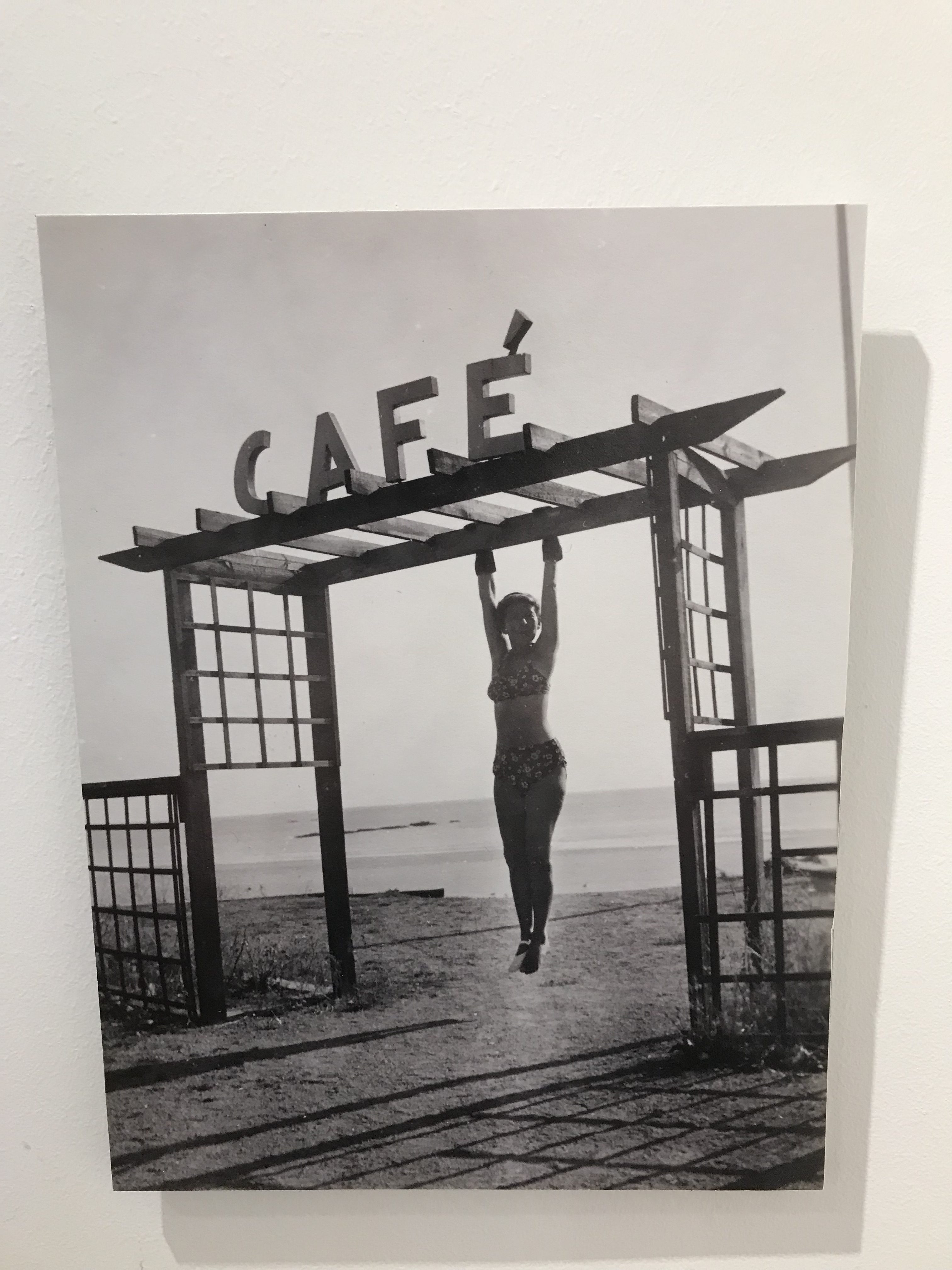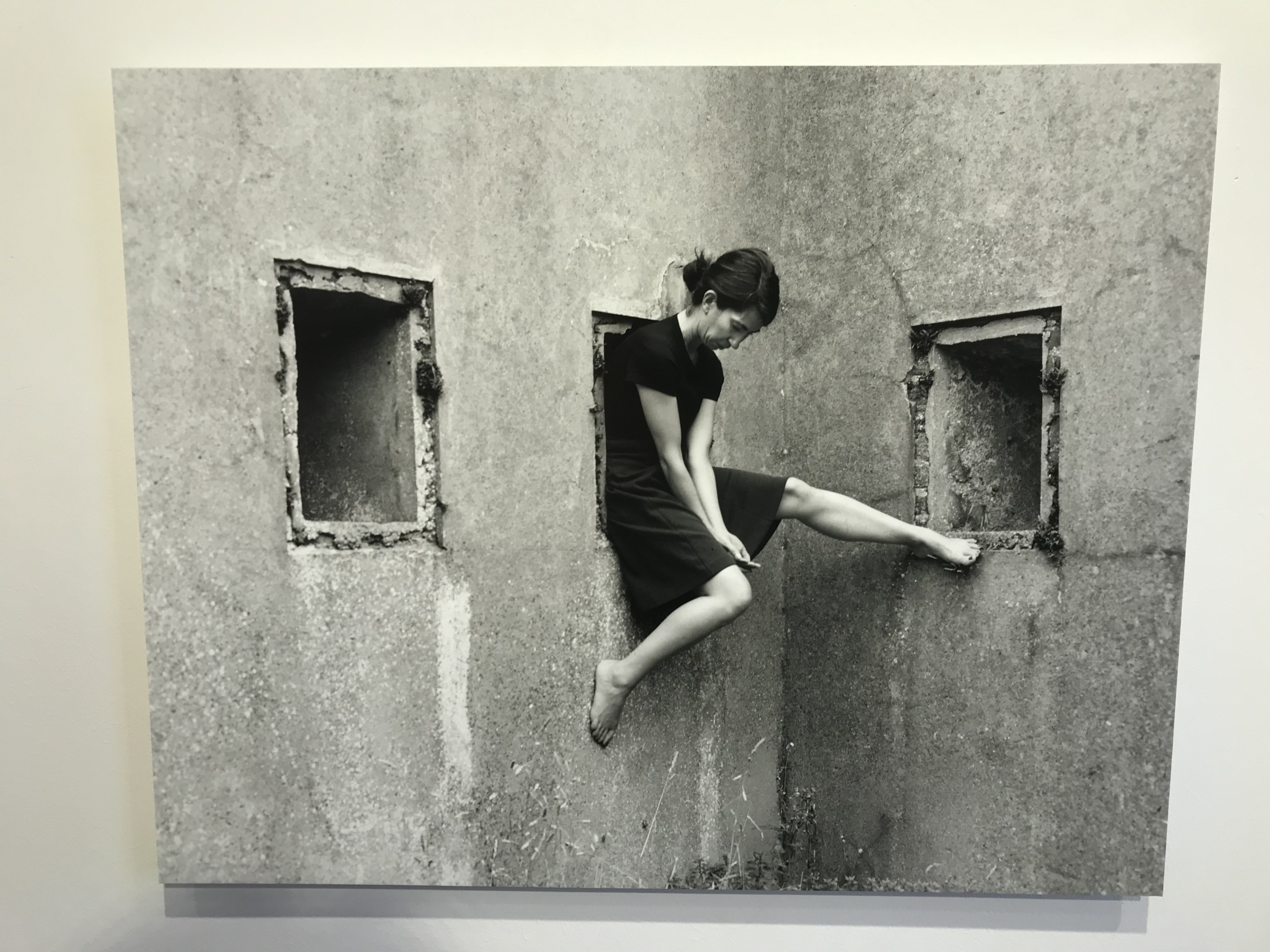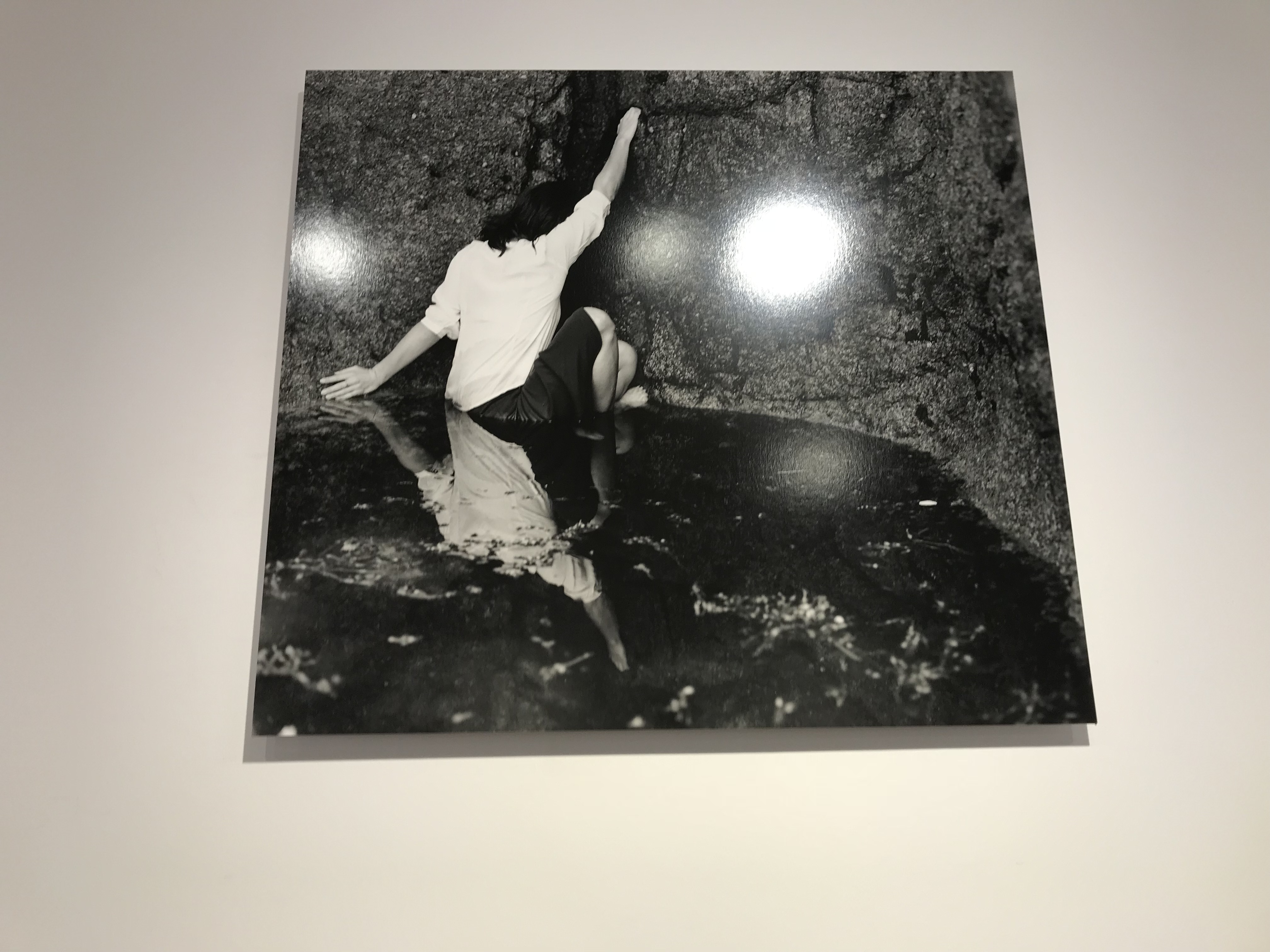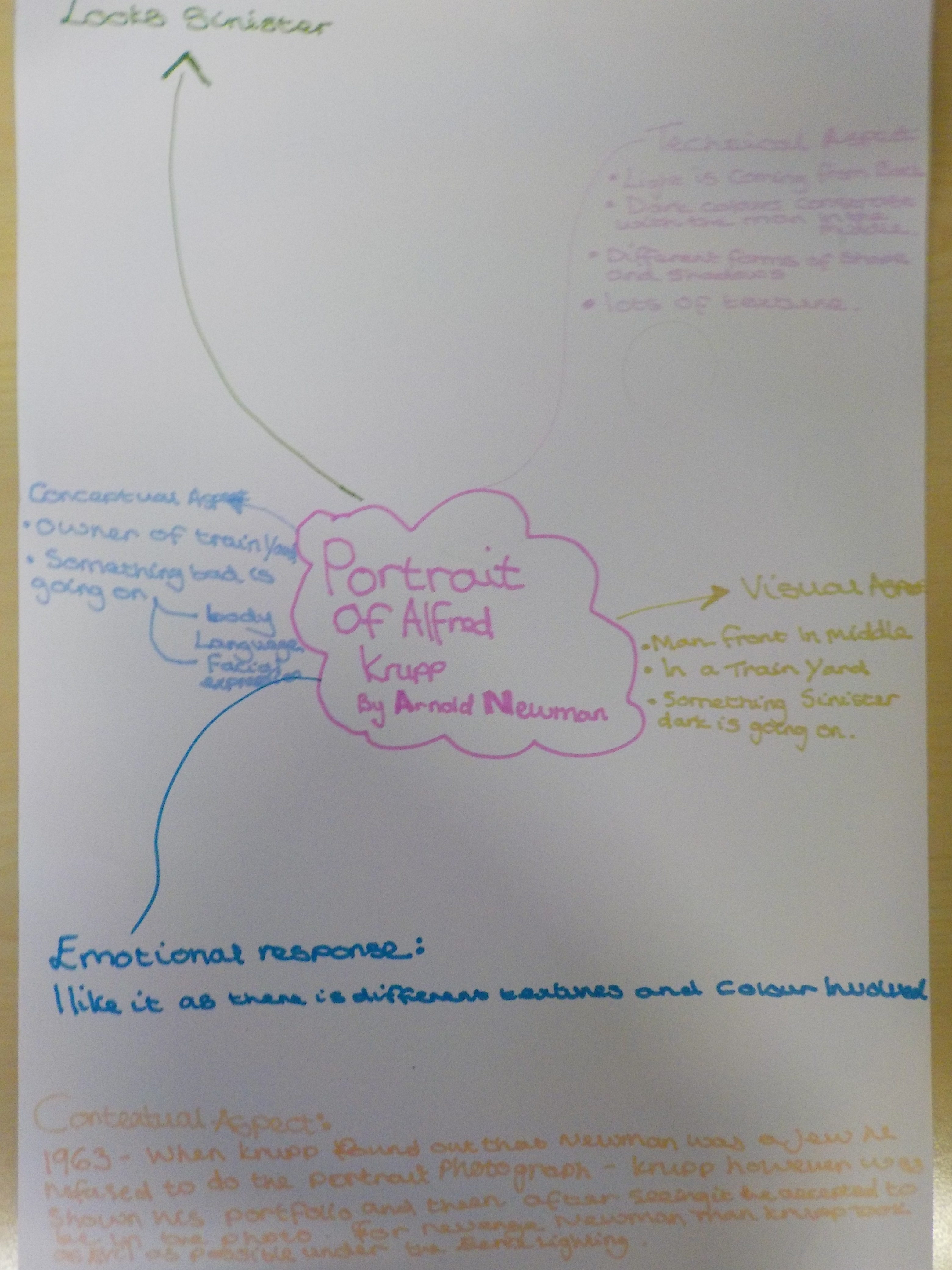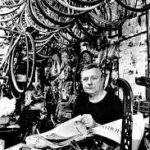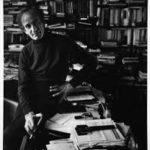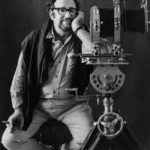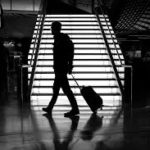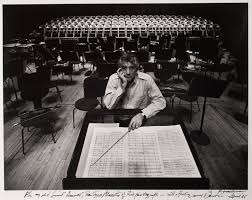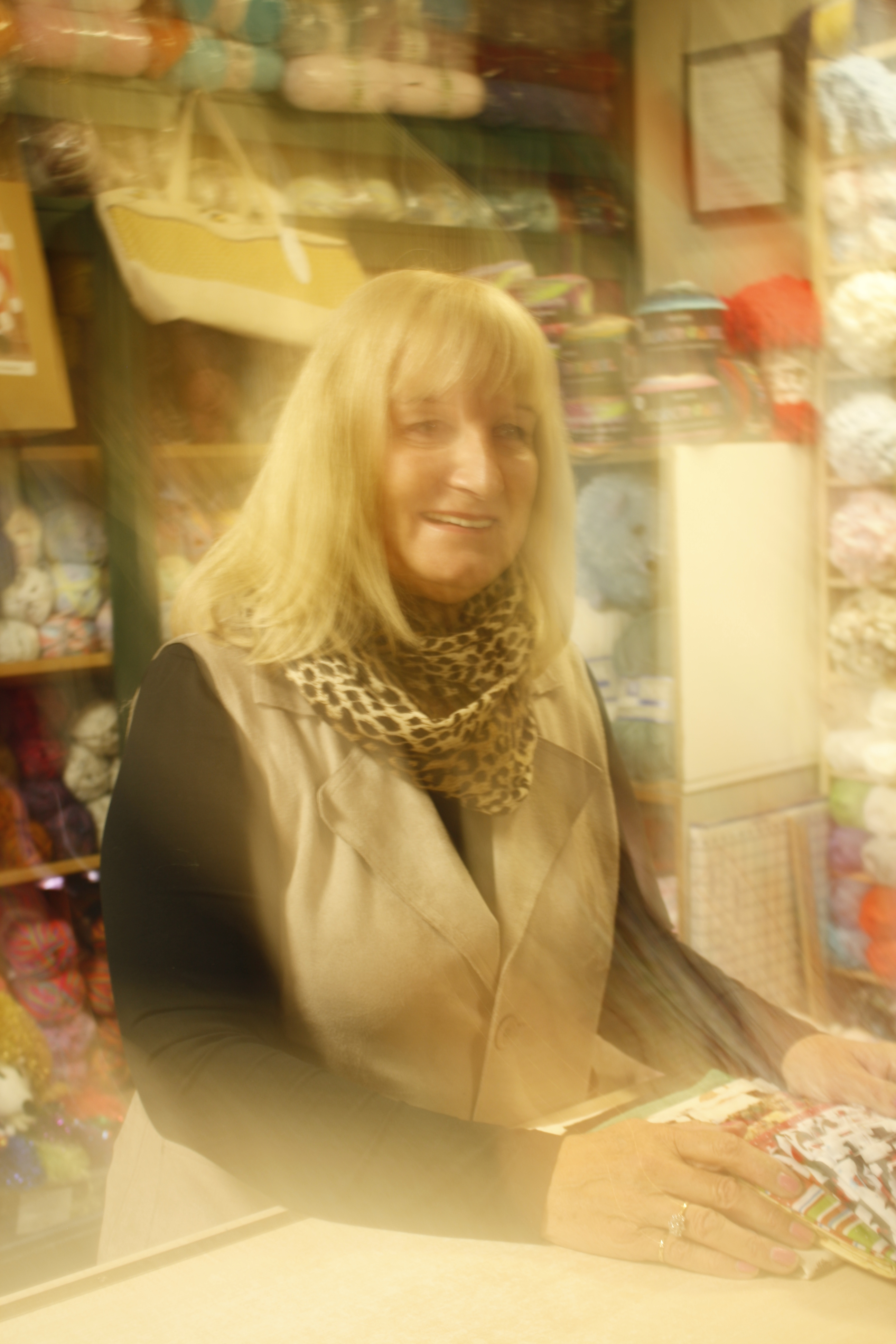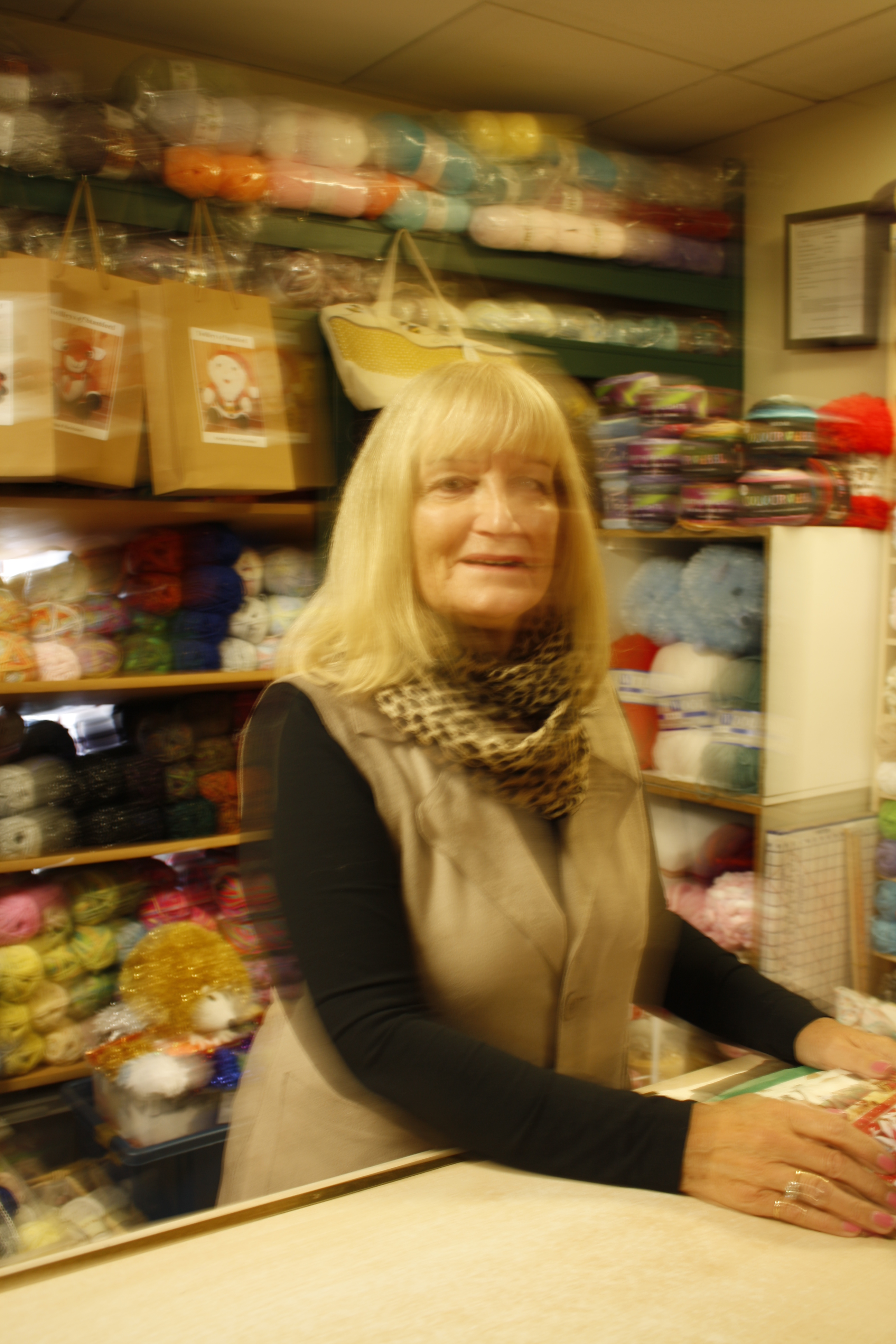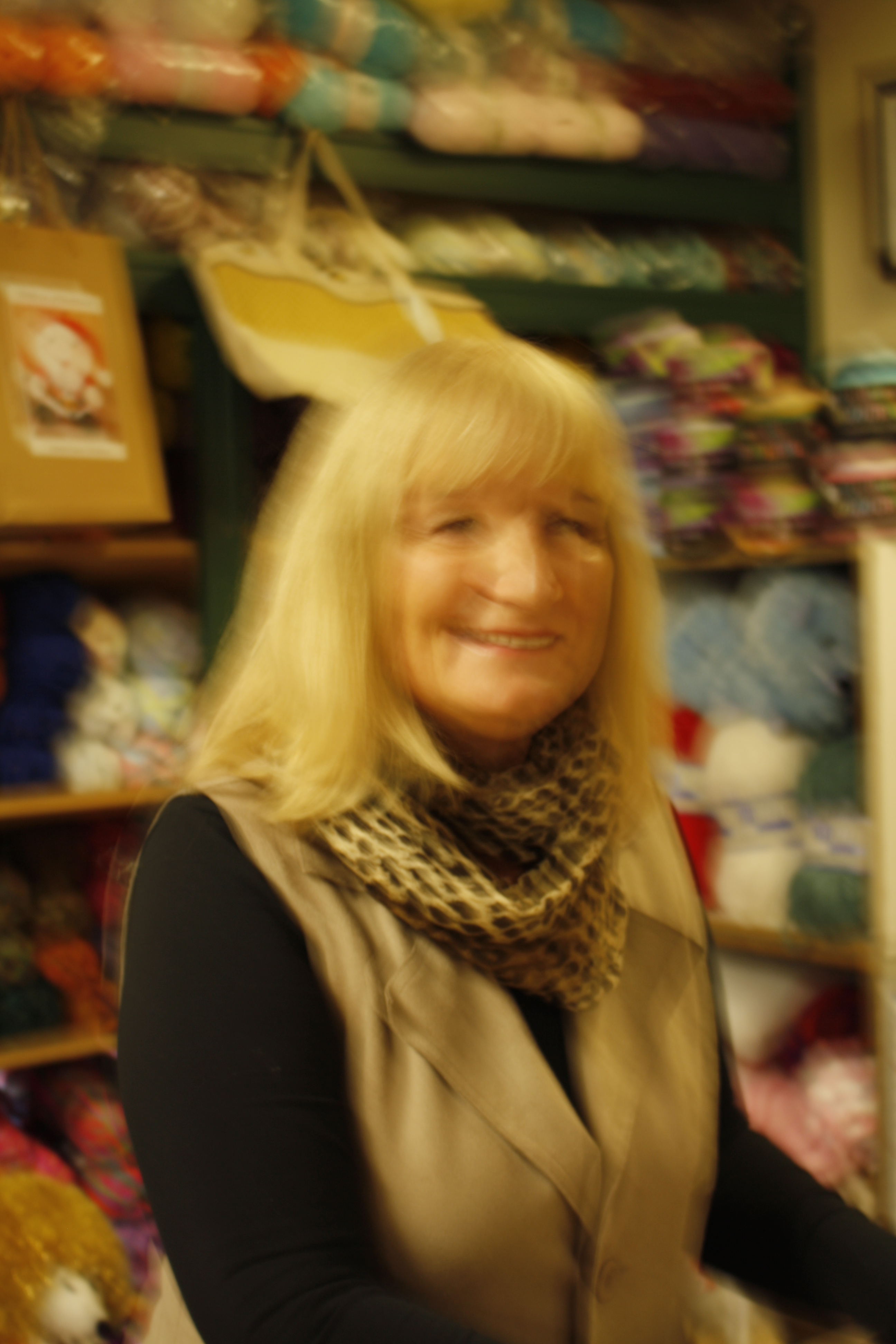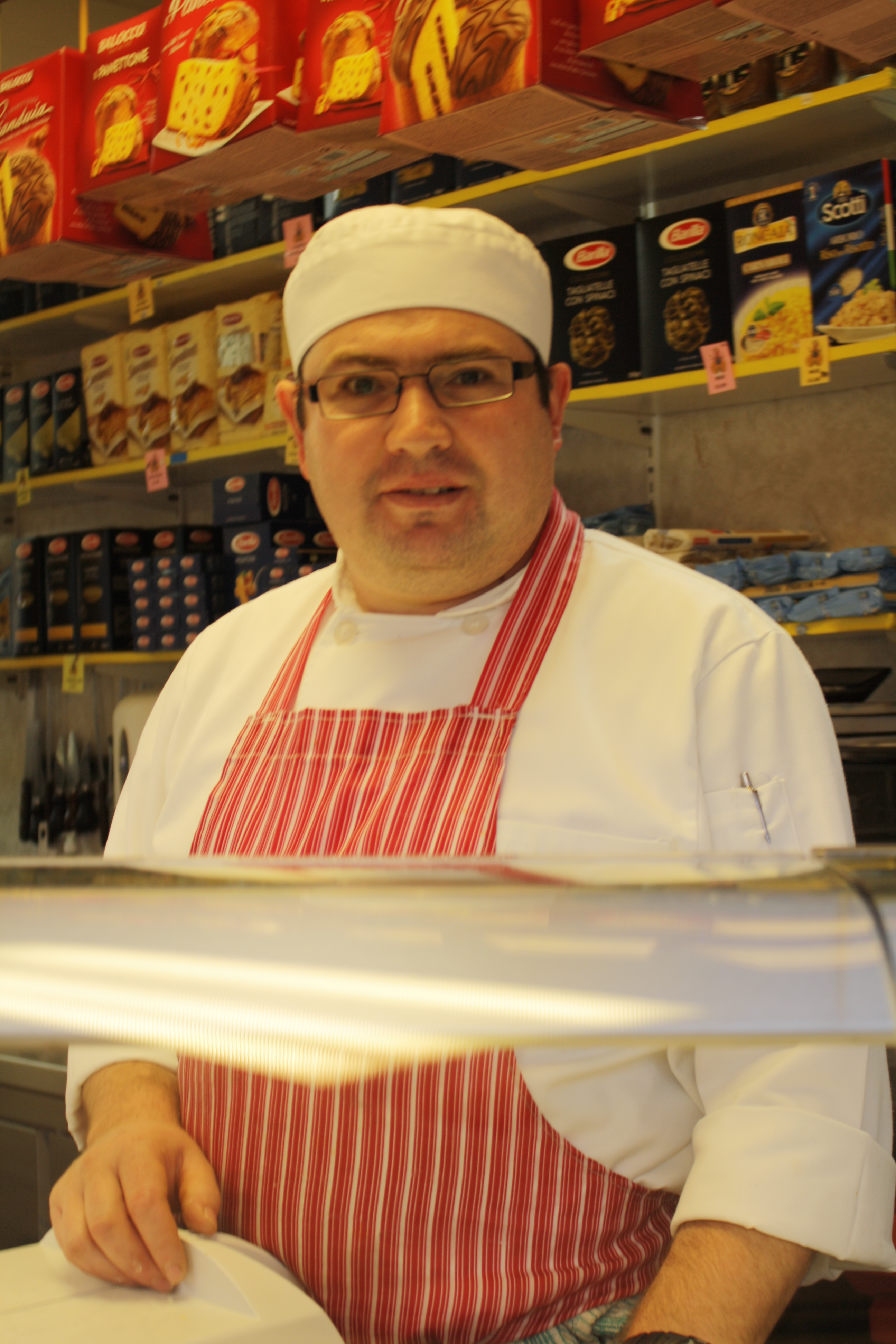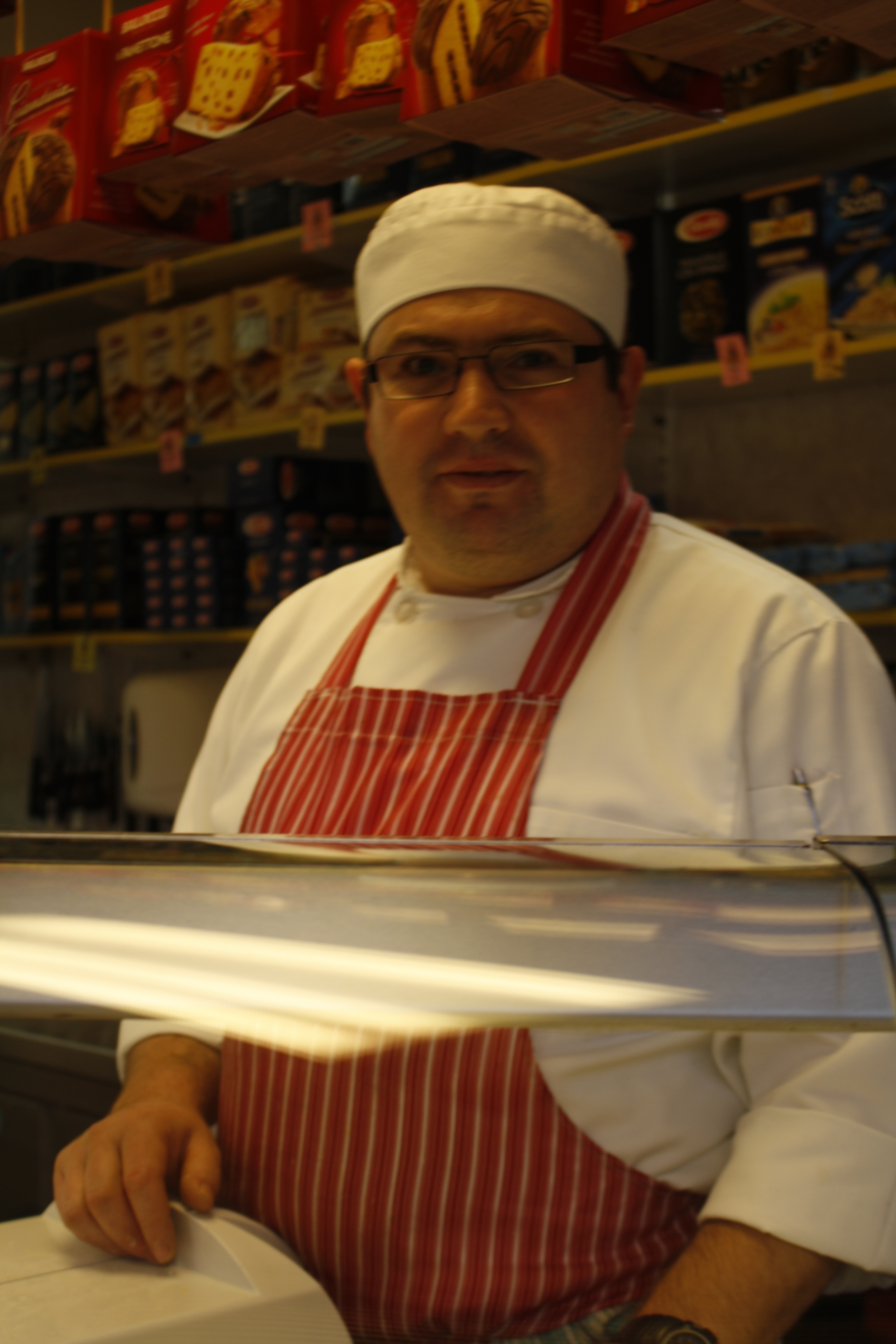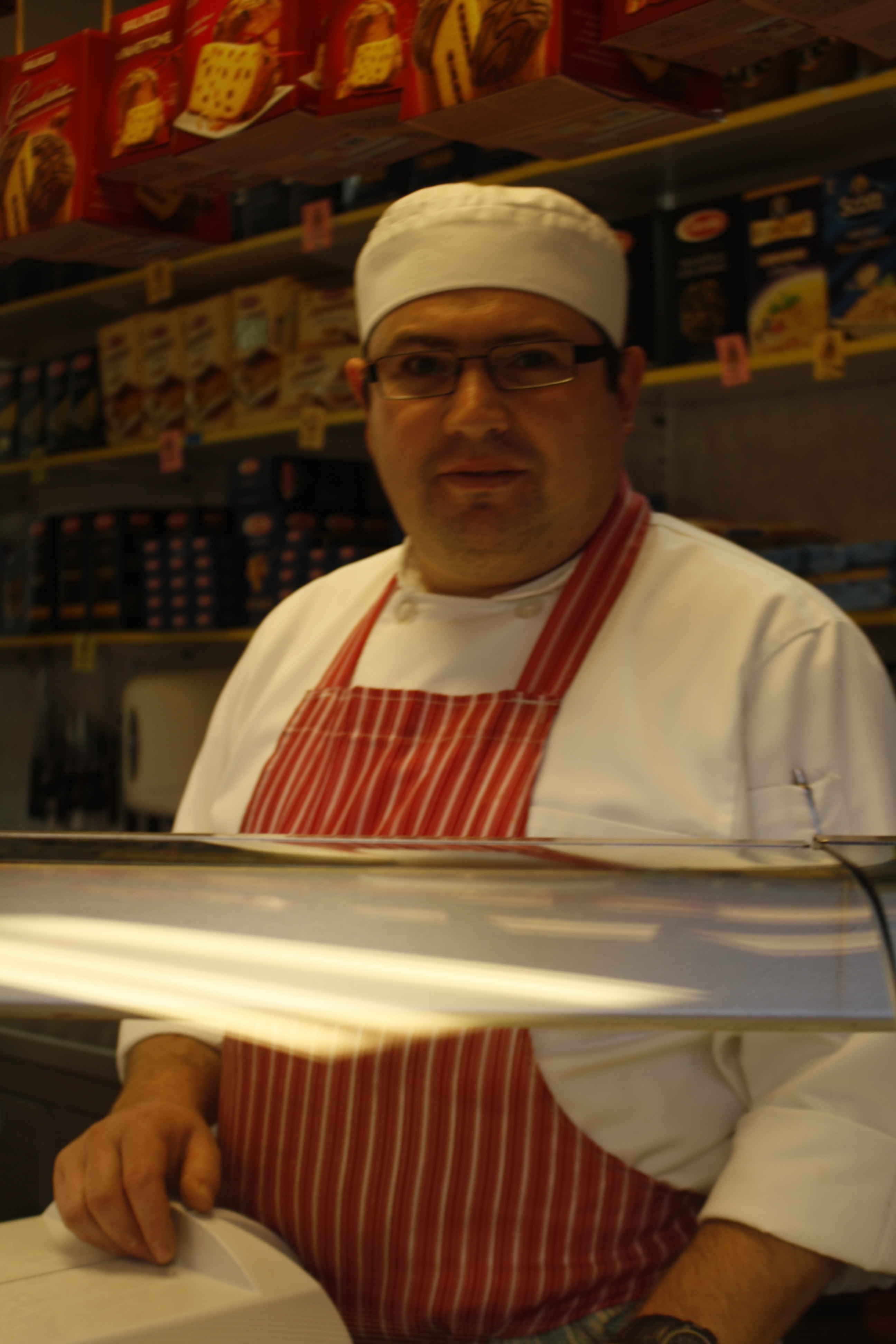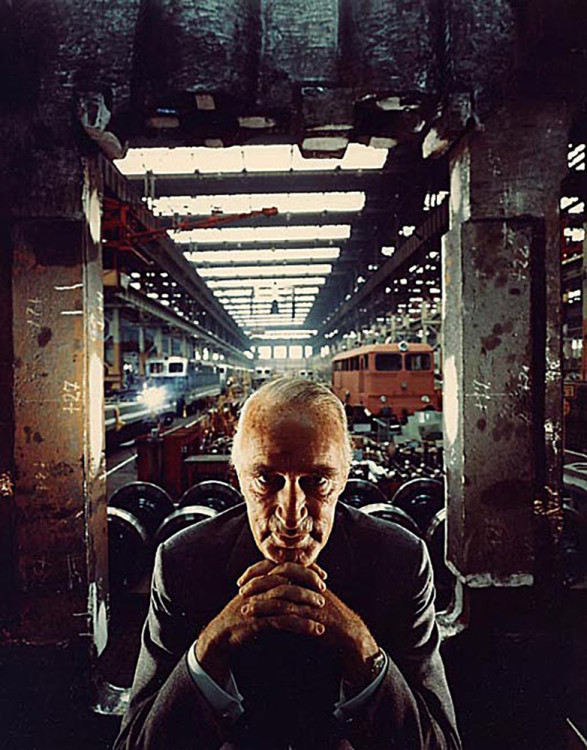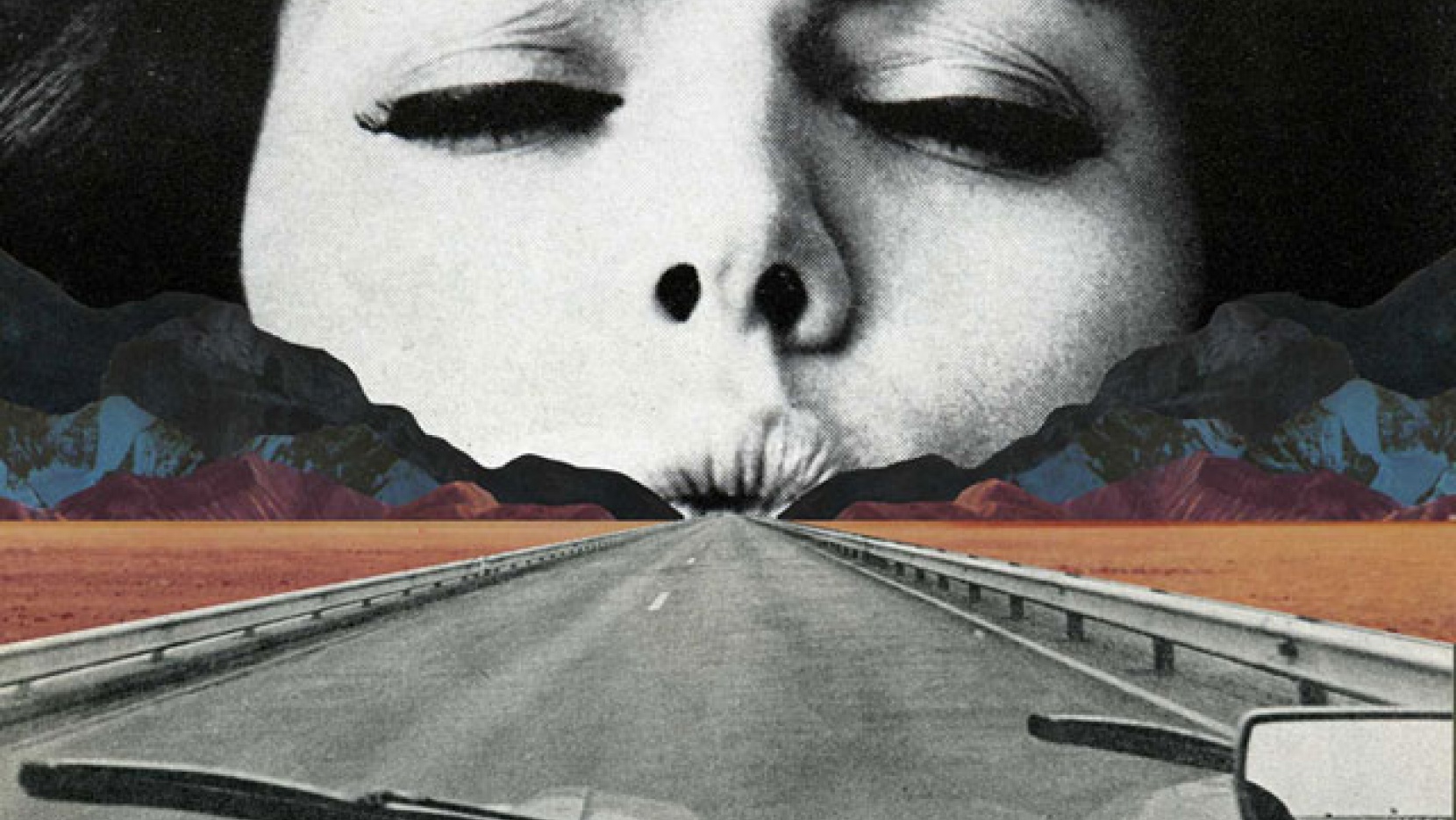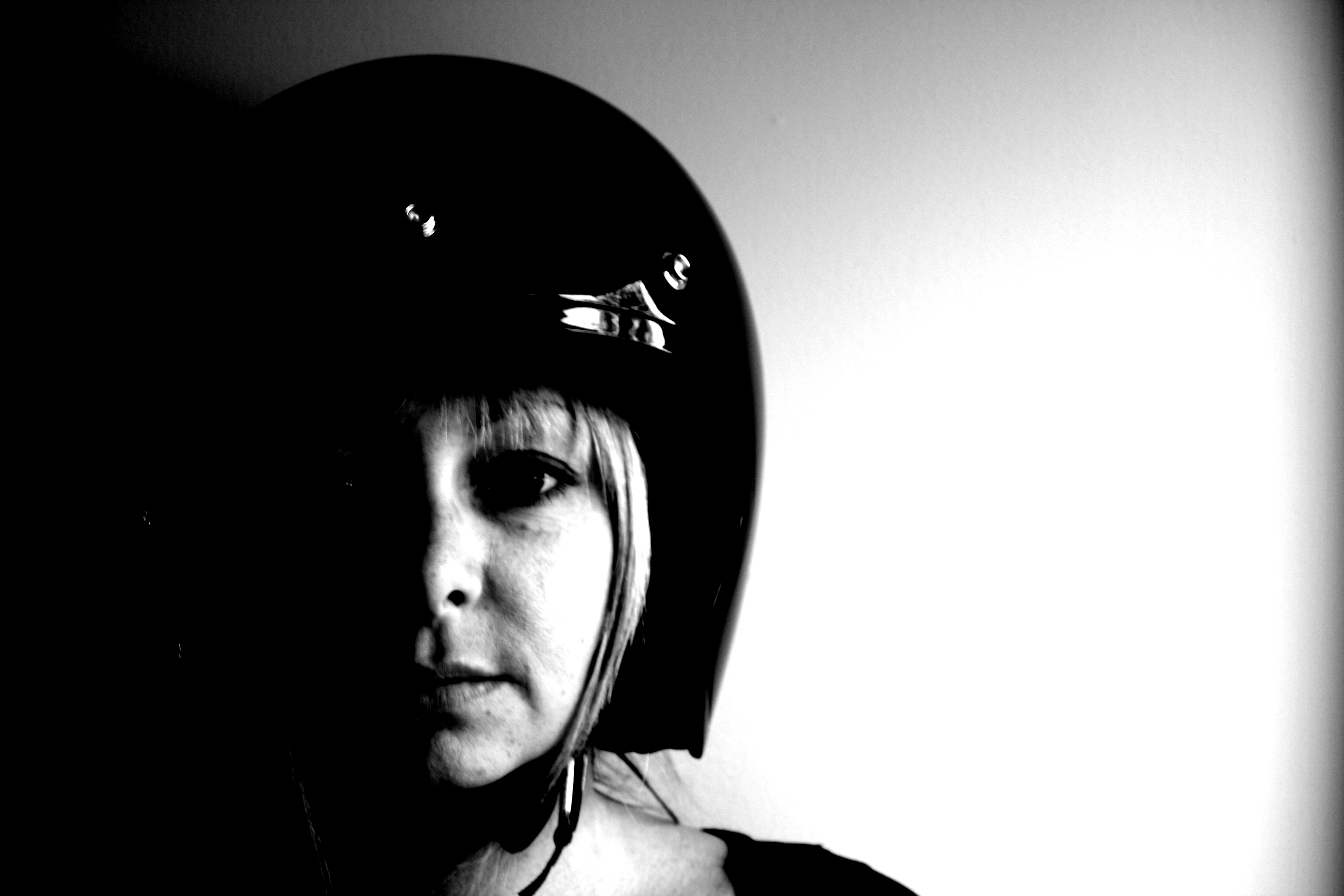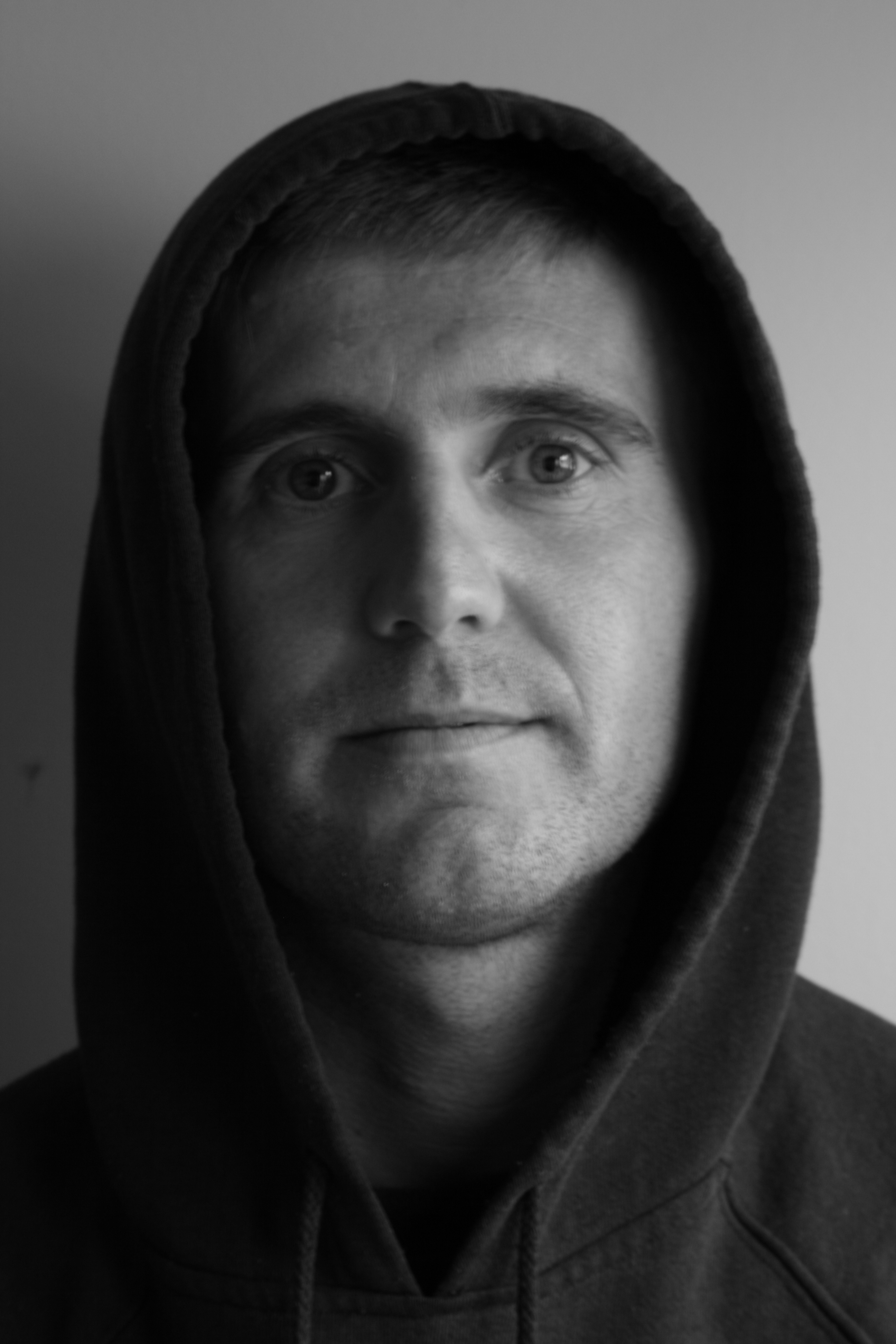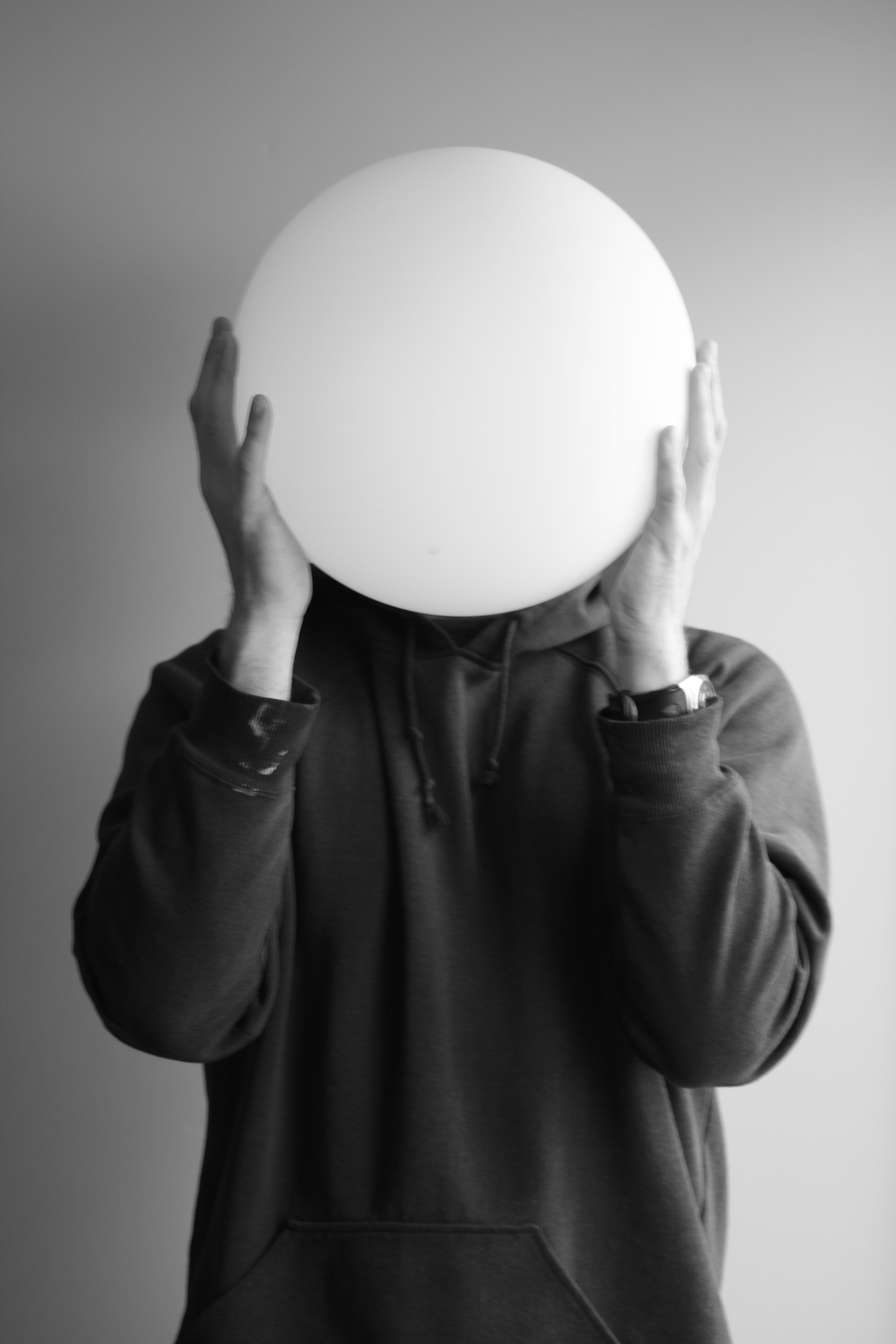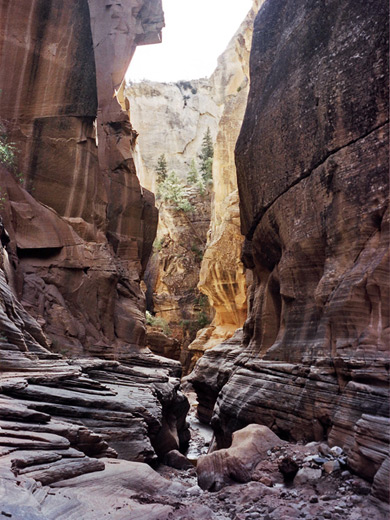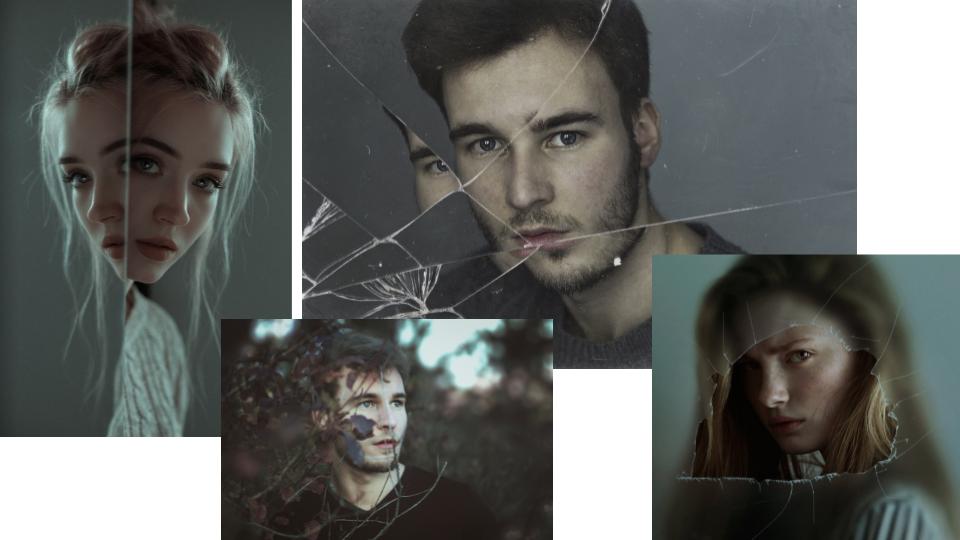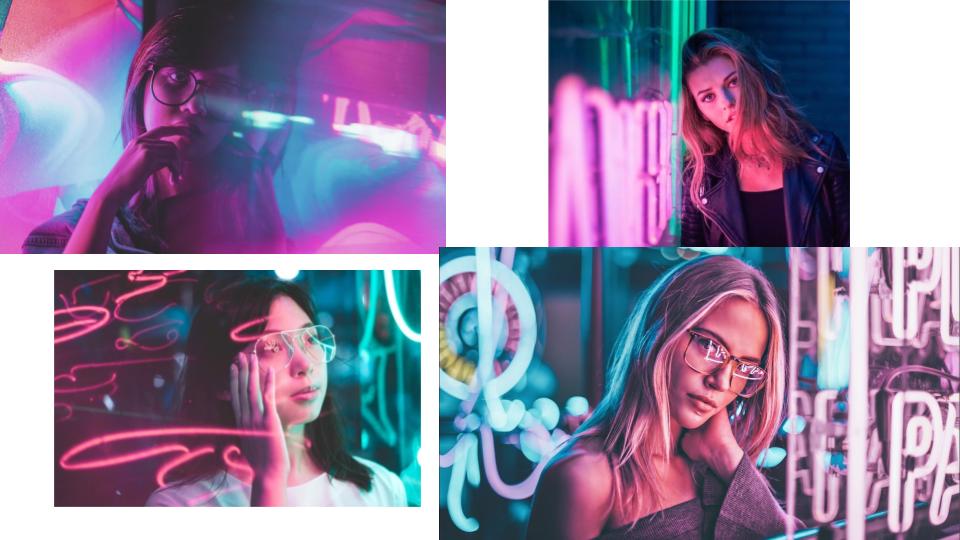Initial Response:
I personally find that the image is over saturated in certain areas, while this adds a sense of drama to the image, i personally find that it leaves the image looking rather tacky. While I dislike the amount of saturation in the photo due to the result looking rather messy, i like the sense of seriousness/drama that it creates. I like the background elements of the photo more than the foreground. While it is more cluttered than the foreground, it has a lot of negative white space which i find balances out the background of he image as a whole. i believe it also addresses the issue of over saturation and i believe that if there was more negative white space in the foreground it would result in an overall more balanced image.
Technical:
It looks as though the image was taken using a small aperture since a lot of the image is in focus. It looks as though a rather long shutter speed was used due to the color depth as well as the fact that it looks as though the photo is taken using a small aperture and so a long shutter speed would be required in order for the photo to be properly exposed. The photo overall looks to be rather warm in color temperature.
Visual:
The photo features some strong colors, particularly some strong oranges as well as accentuating the olive tones in his skin helping to add to the dramatic, evil look of the ex Nazi war criminal.



